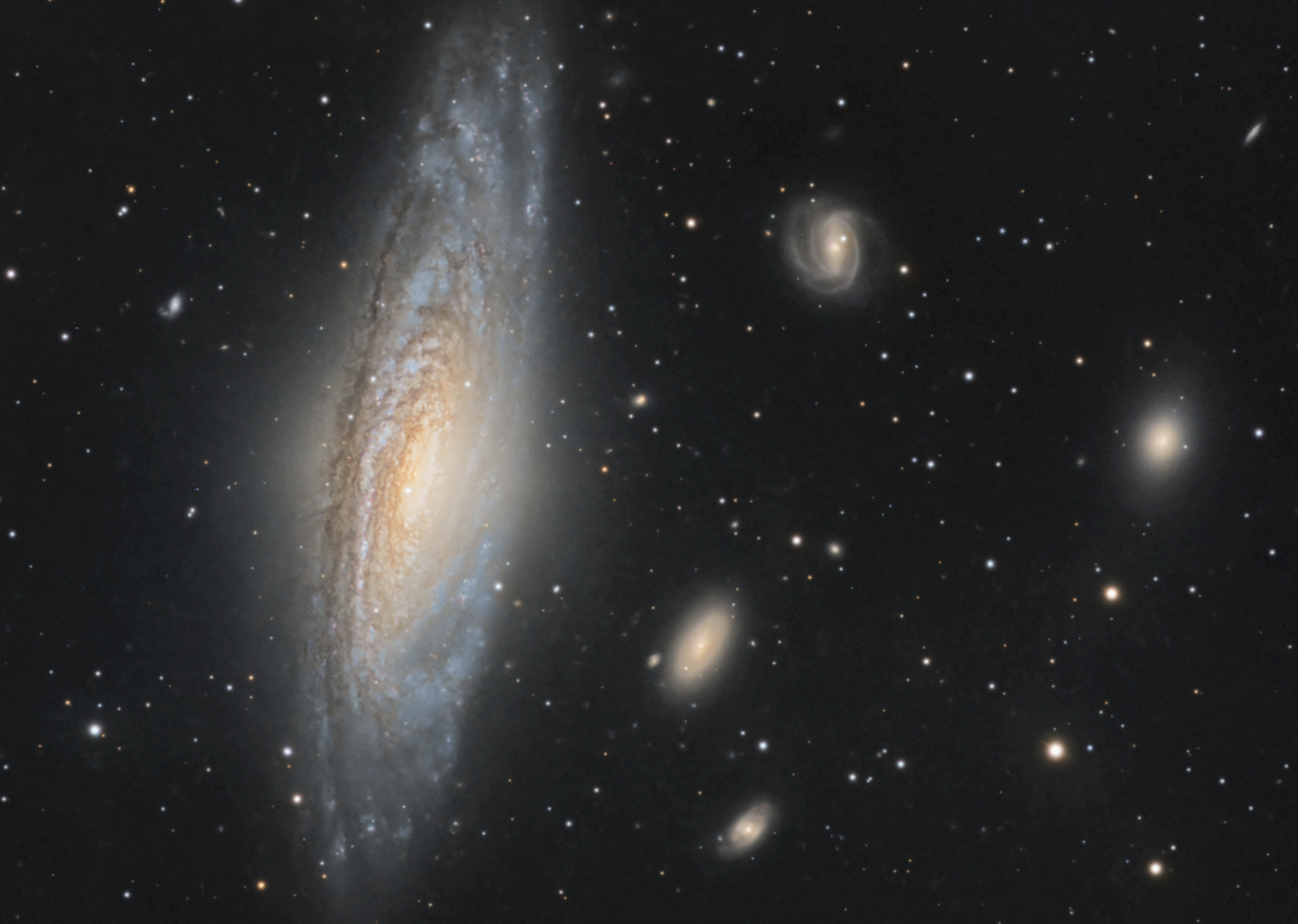

During the past week, NuSTAR responded to a community target-of-opportunity (ToO) request to observe the young, Type Ia supernova SN 2025rbs, which is located in the galaxy NGC 7331. Type Ia supernovae are the result of a white dwarf accreting material from a companion star until it exceeds the Chandrasekhar mass and explodes. These explosions have regular enough time profiles and overall luminosity that they are regularly used to measure the distance scale of the Universe. However, their underlying physics is relatively poorly understood since there are few Type Ia supernovae that are close enough to study in detail. In their early lives, the supernovae are powered by radioactive decay of material (primarily 56Ni) that releases gamma-rays that thermalize into the supernova atmosphere so that the ejecta glows in optical light. NuSTAR provides a unique capability to study the hard X-ray (>50 keV) emission from these systems, which arises as the ejecta expands and becomes optically thin to the gamma-ray photons so that hard X-rays “leak out” of the ejecta. SN 2025rbs is the closest Type Ia supernova to the Earth since SN 2014J exploded in M82, which NuSTAR observed in January/February 2014 for nearly a month. The NuSTAR ToO observation of SN 2025rbs occurred prior to the optical peak of the emission, only six days after the supernova was classified as a Type Ia and a few days before the optical peak. An Astronomer’s Telegram (ATel) reporting early results was posted the same day the data were received at the NuSTAR Science Operations Center (SOC), thanks to the ability of the SOC to provide “quicklook” unprocessed data products to the community. These data will provide the most stringent limits on any high-energy emission from the supernova explosion.
Authors: Brian Grefenstette (NuSTAR Instrument Scientist, Caltech)